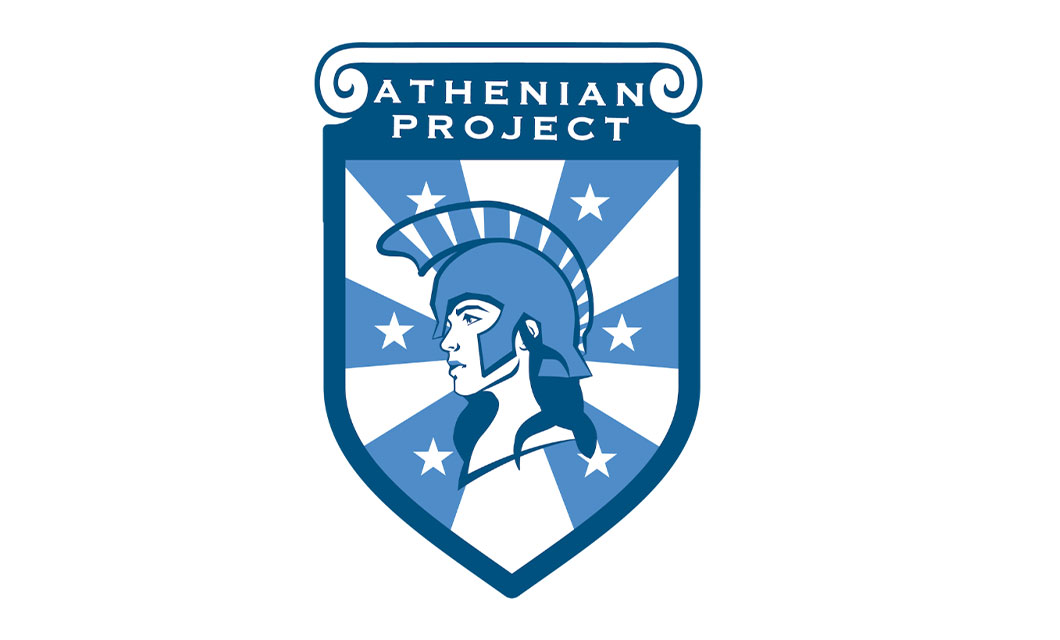Cloudflare believes it’s vital to protect the democratic process by ensuring the greatest level of security and performance of election websites. We’ve created the Athenian Project to offer state and local governments our highest level of protection free of charge. As an Internet performance and security company that handles 10% of global Internet traffic, Cloudflare protects and accelerates any Internet application online without adding hardware, installing software, or changing a line of code.
State and local governments can participate in the Athenian Project if they own or run a website related to:
The administration of elections, including the provision of information related to voting and polling places;
Voter data, including voter registration or verification; or
The reporting of election results.
Under the Athenian Project, they provide their Enterprise service which includes a Web Application Firewall (WAF) to protect against common attacks such as SQL injection and cross-site scripting, rate-limiting, DNSSEC, Content Delivery Network (CDN), SSL encryption by default, unmetered mitigation of DDoS attacks, a dedicated email support alias and 24/7 emergency support phone number.
Specifically, state and local governments have access to detailed logs of HTTP requests and firewall events. These logs are helpful for debugging, identifying configuration adjustments, and creating analytics especially when combined with other data sources, such as application server logs. There are two options for collecting and managing the detailed log of HTTP requests from Cloudflare.
Logpull: Cloudflare Logpull gives you the ability to write custom scripts to retrieve your logs continually using a REST API in which you can build and operate your own log retrieval service to meet your specific log analysis requirements. These logs contain data related to the connecting client, the request path through the Cloudflare network, and the response from the origin web server. This data is useful for enriching existing logs on an origin server.
Logpush: you can have your Cloudflare request logs sent to your preferred storage provider and use the tools you already know to gain insights. Logpush correlates with logs from other services for a comprehensive view of your traffic.
Click “Use Tool” below to apply.

